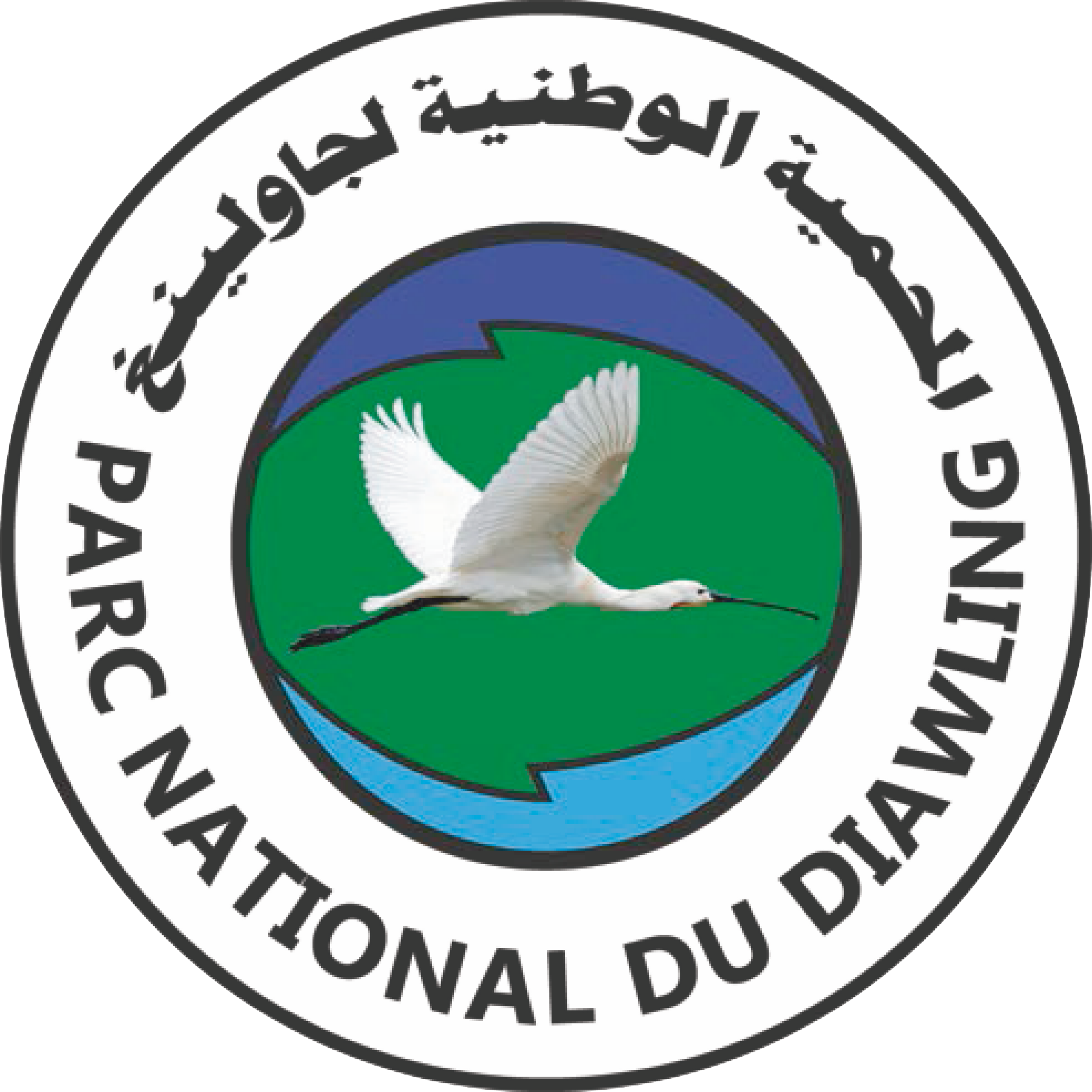Regeneration of mangrove ecosystems
In 1991, when the Park was created, there were only a few feet of mangroves; today, after multiple reforestation operations, nearly 1500 hectares of the PND are mangrove areas. These formations represent the southernmost mangroves in the country, they constitute a valuable ecosystem for the conservation of biodiversity.
The 2 main mangrove species in the PND
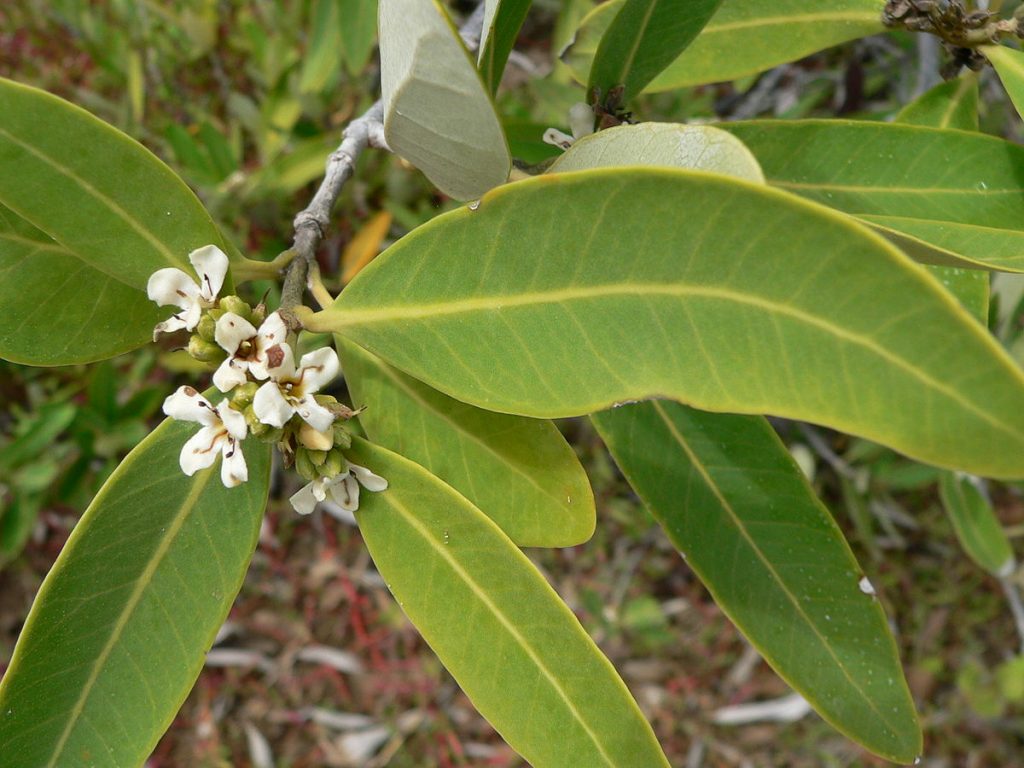
Avicennia germinans is the most important and dominant mangrove species in the lower delta. It tolerates high saline conditions and the trees grow in isolated groups or woodland formations. Individual trees are quite large and can reach 4-5 meters in height and 40 centimeters in diameter at breast height. The wood can be used as firewood, poles, etc., and the seeds can be eaten once cooked. The flower produces high quality honey. The trees flower and bear fruit all year round and the seeds are viviparous in nature.
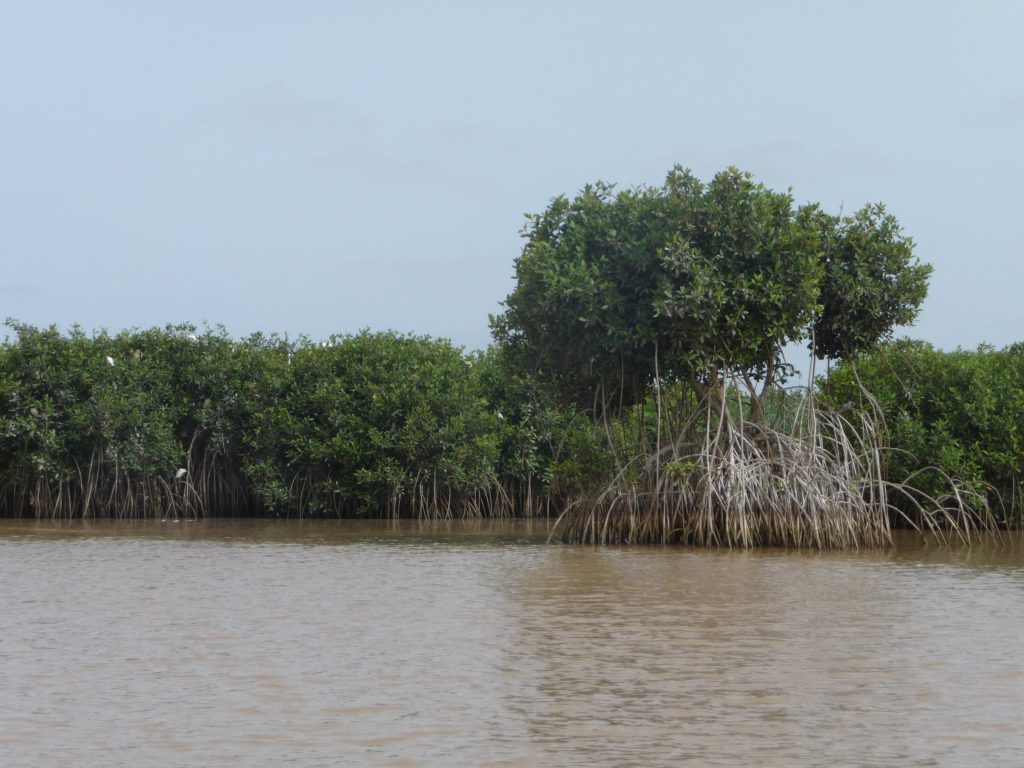
Rhizophora racemosa is an evergreen tree. A single seed germinates inside the conical fruit forming a long, narrow first root (radicle), which is green except for the enlarged, pointed brown tip up to 1,25 cm in diameter. It can grow up to 30 centimeters long before breaking away from the parent tree and falling. Elaborate systems of props and aerial roots stabilize the trees and act as a first line of defense against wave action; in accordance with its position on the seaward edge of the system. The species normally grows in muddy, soft soils along sheltered river banks and estuarine margins. Flowering and fruiting occur throughout the year.
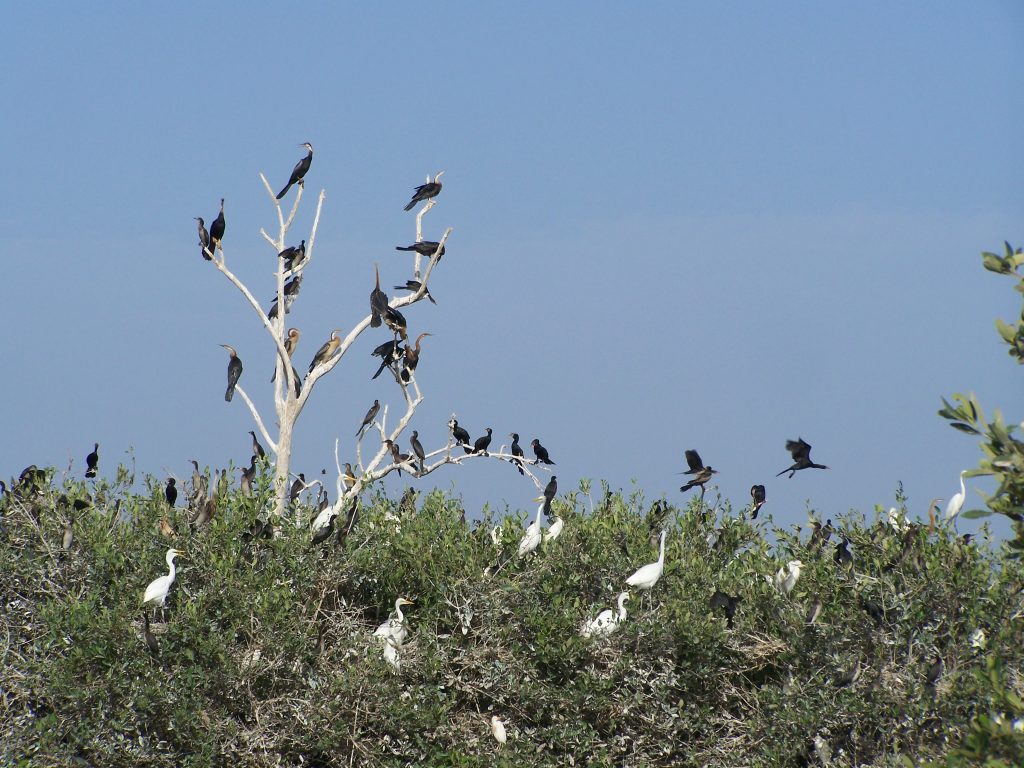
Mangrove ecosystem services
- Carbon sequestration : 1427 ha of mangroves in the PND, storing 169 tonnes of carbon
- Production of estuarine and marine biomass consistent & water purification
- Nursery role for fishery resources and birds
- Livelihood provision services for local populations, including fishing : Mangroves represent an important economic and social value for the population of the lower delta and even that of the country. They are a tremendous source of jobs and economic development.
- Coastal protection : buffer effect against flooding and exceptional weather-marine events, erosion control coastal, sediment capture…
- Cultural service for tourist and leisure activities : They can offer tourists exceptional biodiversity and very attractive landscape beauty.
Challenges related to mangrove protection and reforestation
- Illegal cutting of mangroves for the supply of construction wood, firewood or fuel, and overexploitation of the resources offered by the mangrove → actions ofenvironmental education local communities on the role and importance of mangroves for the environment
- Rising salinity
- Siltation from sediments
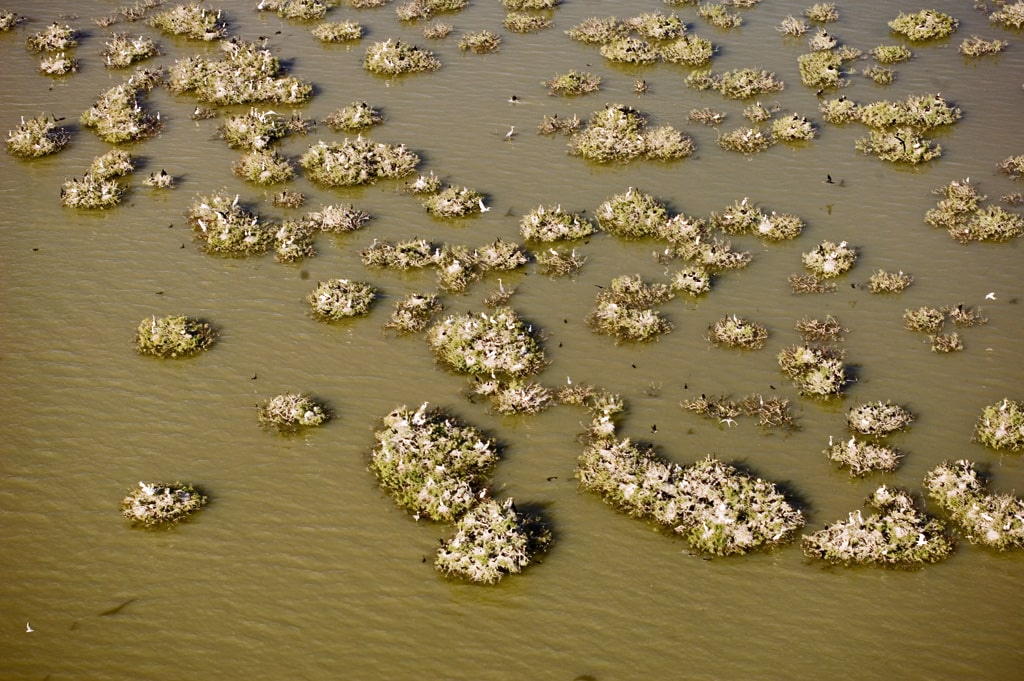
Reforestation and mangrove regeneration actions



When the park was created in 1991, there were only a few feet of mangroves left in the area. Thanks to the Water Management and mangrove restoration actions carried out since 2010, there are today around 1500 ha (including 100 ha directly linked to planting operations).
To regenerate mangroves Avicennia germinans, seed preparation (for 9 months) is necessary before transplanting in areas identified as having previously hosted mangroves. Concerning Rhizophora racemosa, the propagules are collected and directly replanted. Regeneration actions mobilize both park officials and villagers, including women and schoolchildren (as part of the environmental education program).
These operations were made possible by the support of Technical and Financial Partners, and more specifically here BACoMaB, WACA and UNESCO in Rabat.
